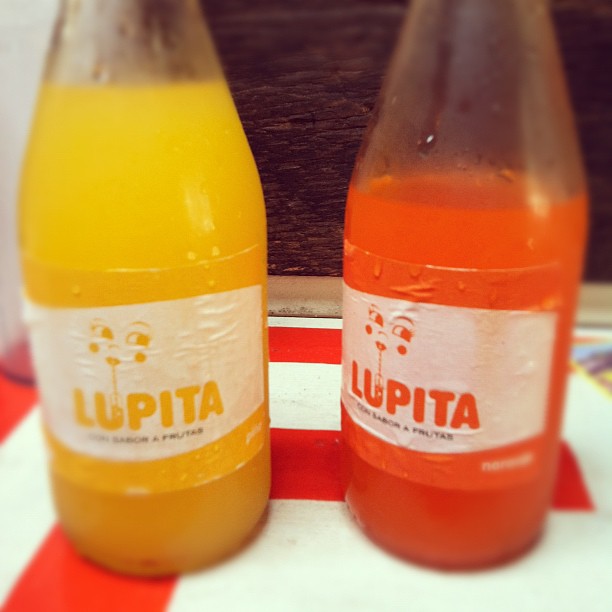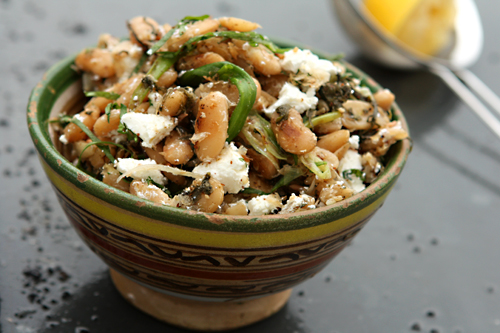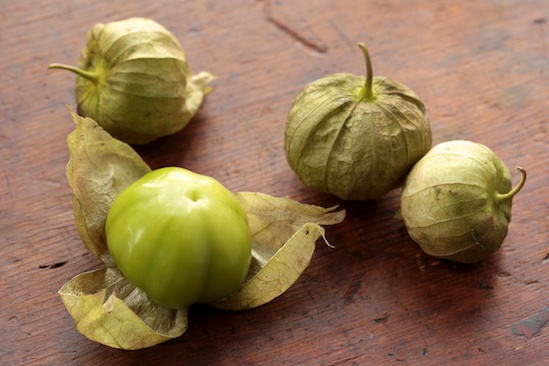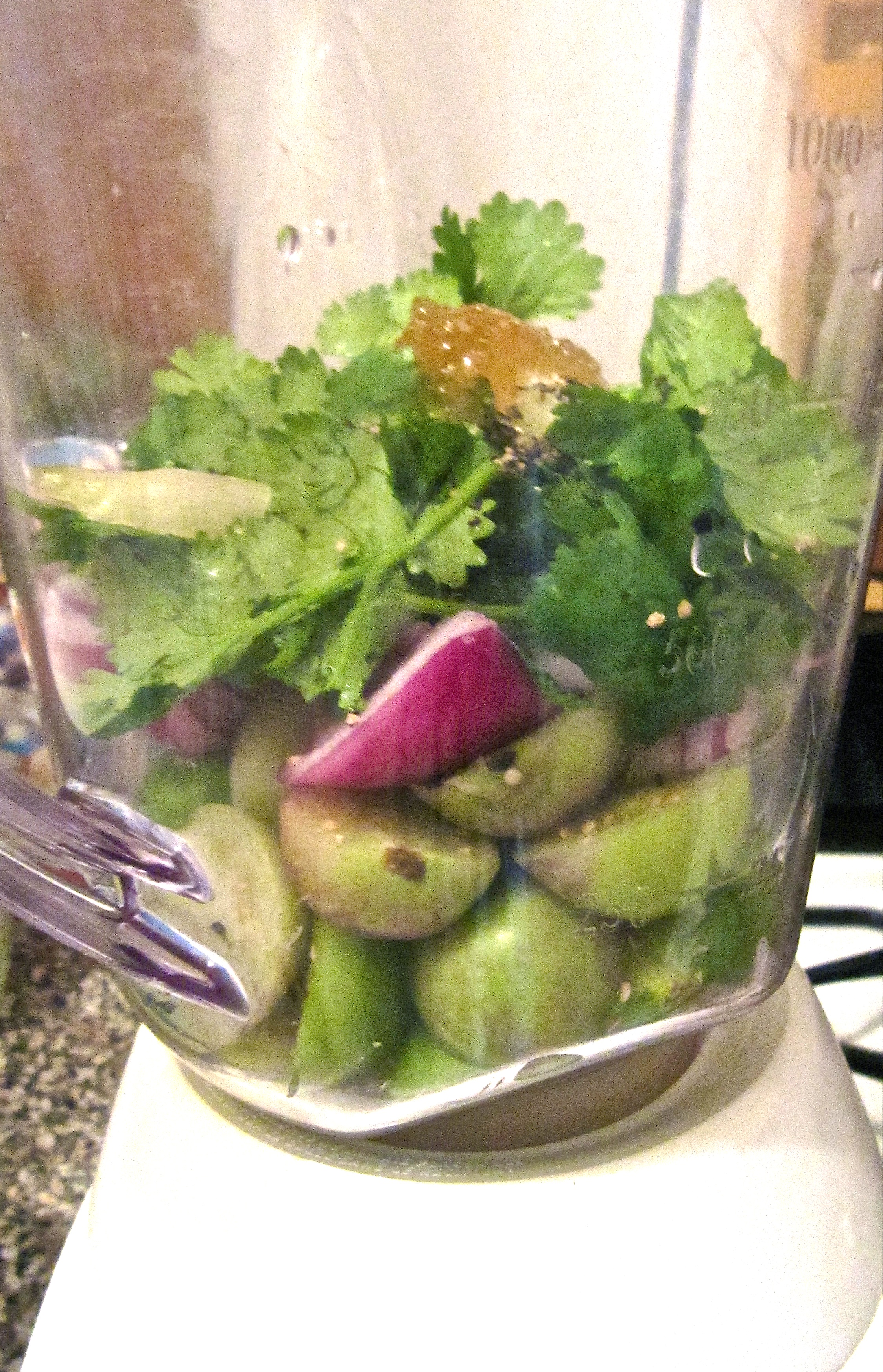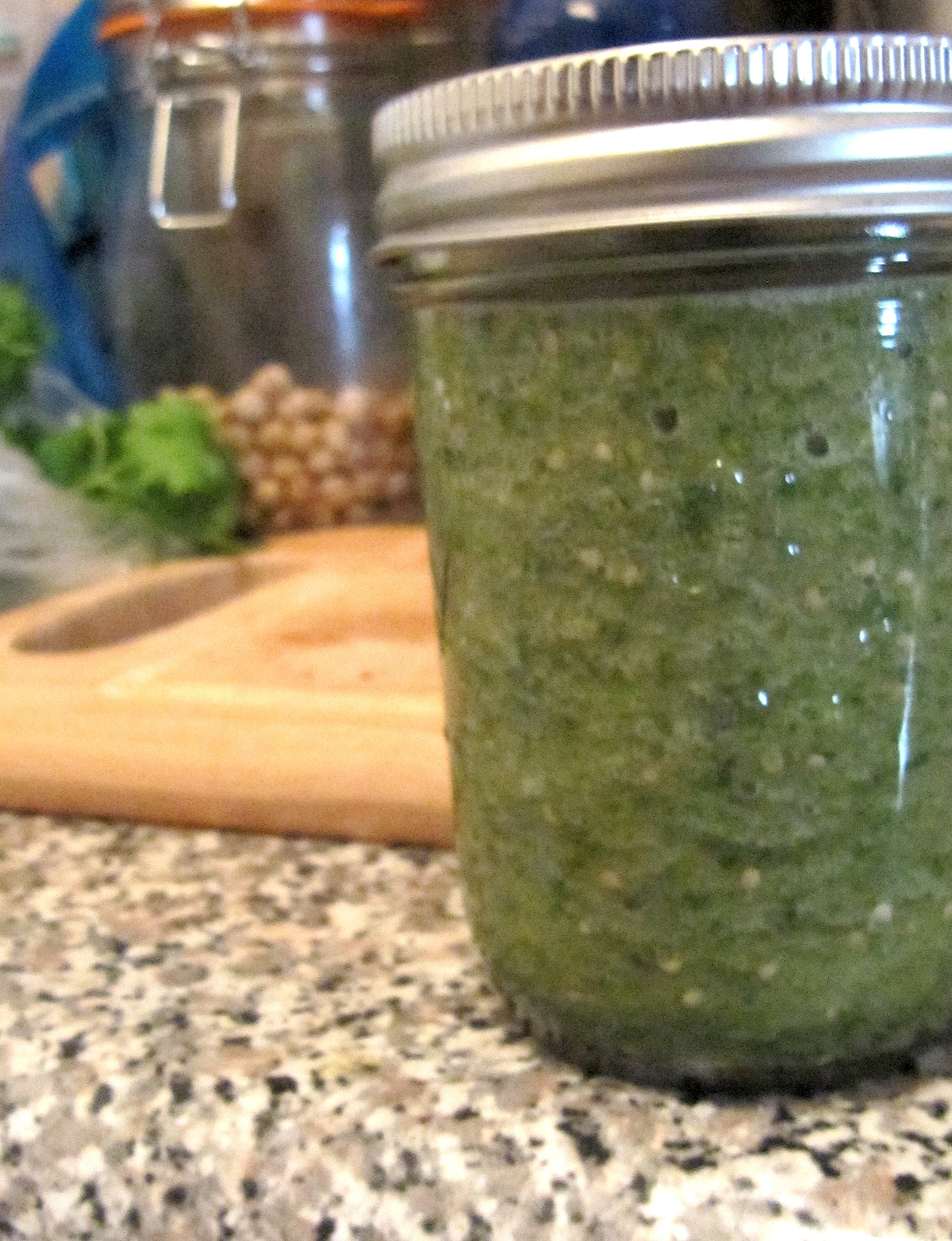After a few months of hibernation, the supper club is back! And, according to attendees, better than ever. Inspired by a recent encounter with Chef Rick Bayless, I decided to throw a proper Mexican fiesta, complete with piñata. For the first course, I served ceviche. After much research, I hesitantly chose to use frozen fish: shrimp, calamari and scallops. While fresh fish would have been even better, the secret to my ceviche's success was slowly defrosting and "cooking" each type of fish for a different amount of time. The calamari (which was the toughest/most resilient) cooked for 2 1/2 hours in lime juice with thinly sliced red onion. I added the shrimp one hour and the delicate scallops thirty minutes before serving. In the Ecuadorian style, a sprinkle of corn nuts provided contrast in texture.
For the main course, I threw a 9 lb pork shoulder in a slow cooker the night before the party. Rubbed with cocoa powder, chipotle chile powder, oregano, paprika, cumin, dark brown sugar, salt and olive oil, it roasted for 18 hours until pull-apart tender. I served it with corn tortillas toasted in a cast iron pan, Mexican crema, guacamole and roasted tomatillo salsa.
Mole dry-rubbed pulled pork, 8 hours into cooking.
The pork was accompanied by a few vegetarian sides. For the black bean pomegranate salad, I soaked black beans overnight and cooked them until tender (but not mushy). To that I added pomegranite seeds, cilantro, lime juice, olive oil and a splash of red wine vinegar.
My roommates help prepare the black bean salad.
The Mexican corn crema was everyone's favorite dish. A simpler version of on-the-cob street corn, it was a mix of frozen summer corn (roasted on a sheet pan until blackened), cotija cheese, crema, chile powder and lime.
For dessert, I dreamed up "mexican hot chocolate" pudding. Essentially, I doctored jello chocolate pudding with some spices. For liquid, I used a combination of organic whole milk and freshly-brewed espresso (about 4-parts milk to 1-part espresso). To intensify the flavor further, I added smoked cinnamon, chile powder and cocoa powder. When it came time to serve the pudding, I topped it with shaved dark chocolate, fleur de sel and candied orange rind.
But of all the dishes, the one I had the most fun making were the buñuelo wonton strips. I have little experience with deep frying, so was a bit intimidated by the process. The secret was not to overcrowd the pan, so that the oil remained hot, which makes for a less greasy end product. A quick dusting of cinnamon, sugar and chile powder made these simple treats extra-addictive.
After dessert came the climax of the evening: the breaking of the piñata. We swang at it a few times with a broom handle, but it was my friend David's move to opt for a copper pot that led to a (literal) break through.
Thanks to all who came to the supper club! Such a pleasure cooking for you.
Full Menu:
- Classic Margaritas
- Roasted Tomatillo Salsa
- Guacamole
- Shrimp, squid and scallop ceviche
- 18-hour, mole dry rubbed pork shoulder
- Black bean and pomegranate salad
- Jicama and cucumber slaw
- Corn crema
- Mexican hot chocolate pudding
- Buñuelo wonton strips









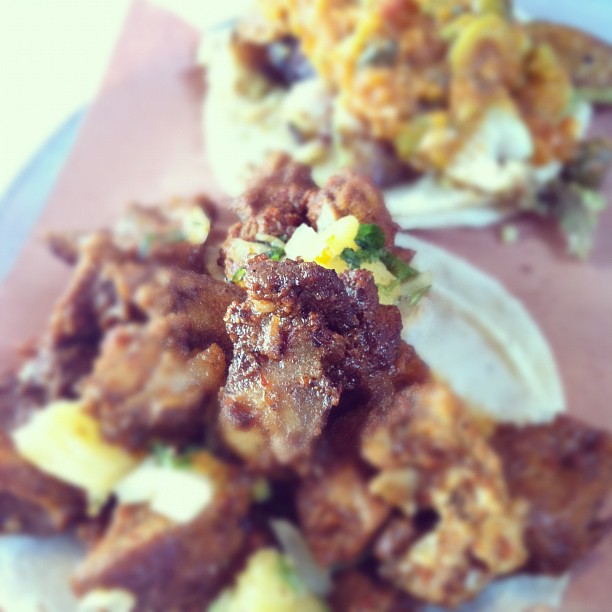
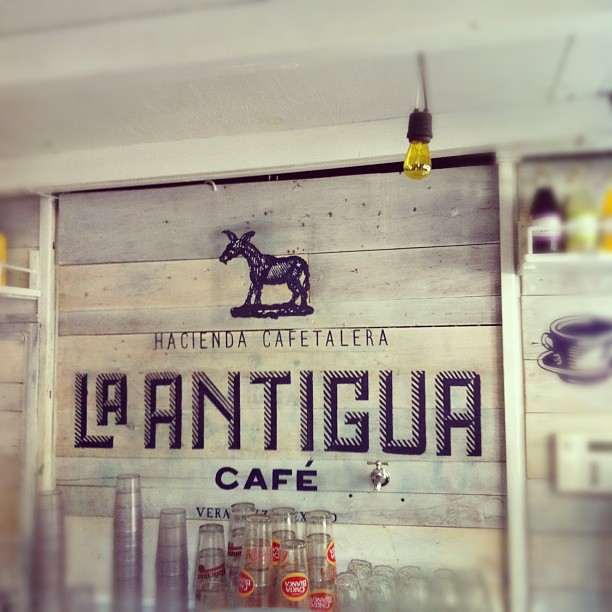 Some were excellent, others so-so, but there was none that truly stole my heart...that is, until
Some were excellent, others so-so, but there was none that truly stole my heart...that is, until 
